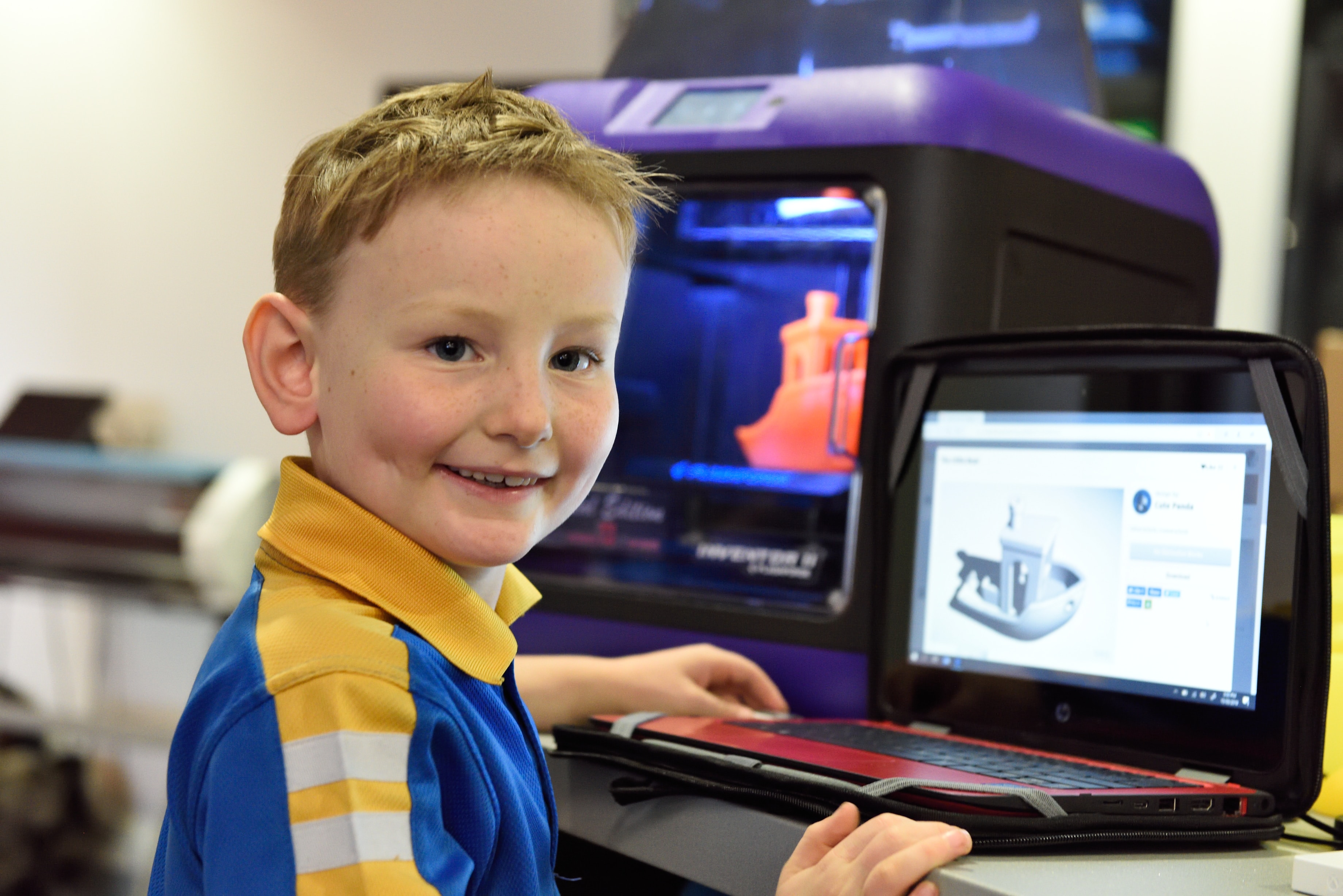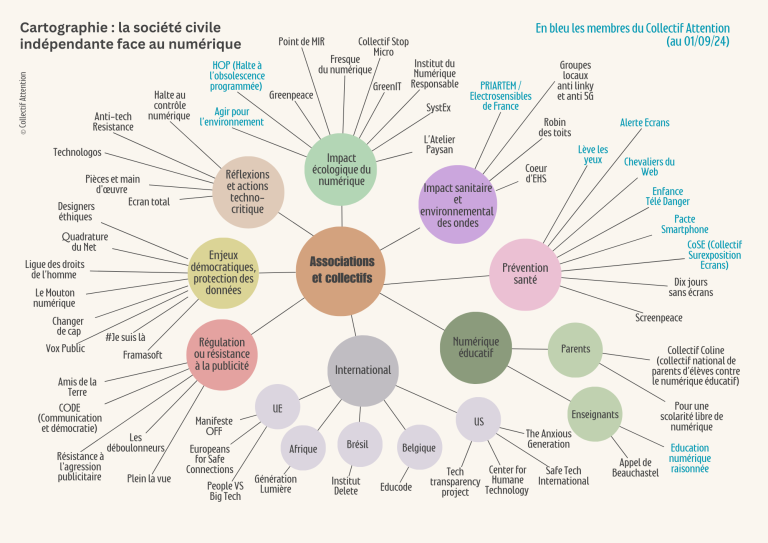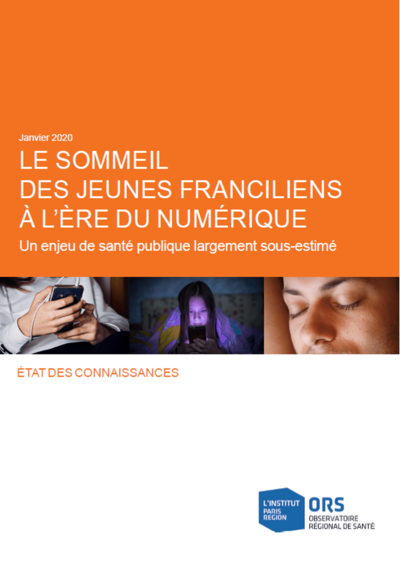The Japan Environment and Children’s Study
Megumi Kushima, MA1; Reiji Kojima, MD, PhD2; Ryoji Shinohara, PhD1; et alSayaka Horiuchi, MD, DrPH1; Sanae Otawa, MA1; Tadao Ooka, MD, PhD2; Yuka Akiyama, PhD2; Kunio Miyake, PhD2; Hiroshi Yokomichi, MD, PhD2; Zentaro Yamagata, MD, PhD1,2; and the Japan Environment and Children’s Study Group Author AffiliationsArticle Information JAMA Pediatr. Published online January 31, 2022. doi:10.1001/jamapediatrics.2021.5778 Key Points
Question Is screen-time duration in children at 1 year of age associated with autism spectrum disorder at 3 years of age?
Findings A total of 84 030 mother-child dyads were analyzed using data derived from a large birth cohort study conducted in Japan. Among boys, but not girls, longer screen time at 1 year of age was significantly associated with autism spectrum disorder diagnosis at 3 years of age.
Meaning Guidance on appropriate screen time in infancy is recommended. Abstract
Importance It is unclear to what extent the duration of screen time in infancy is associated with the subsequent diagnosis of autism spectrum disorder.
Objective To examine the association between screen time in infancy and the development of autism spectrum disorder at 3 years of age.
Design, Setting, and Participants This cohort study analyzed data from mother-child dyads in a large birth cohort in Japan. This study included children born to women recruited between January 2011 and March 2014, and data were analyzed in December 2020. The study was conducted by the Japan Environment and Children’s Study Group in collaboration with 15 regional centers across Japan.
Exposures Screen time at 1 year of age.
Main Outcomes and Measures The outcome variable, children diagnosed with autism spectrum disorder at 3 years of age, was assessed using a questionnaire administered to mothers of the participating children.
Results A total of 84 030 mother-child dyads were analyzed. The prevalence of children with autism spectrum disorder at 3 years of age was 392 per 100 000 (0.4%), and boys were 3 times more likely to have been diagnosed with autism spectrum disorder than were girls. Logistic regression analysis showed that among boys, when “no screen” was the reference, the adjusted odds ratios were as follows: less than 1 hour, odds ratio, 1.38 (95 % CI, 0.71-2.69; P = .35), 1 hour to less than 2 hours, odds ratio, 2.16 (95 % CI, 1.13-4.14; P = .02), 2 hours to less than 4 hours, odds ratio, 3.48 (95% CI, 1.83-6.65; P < .001), and more than 4 hours, odds ratio, 3.02 (95% CI, 1.44-6.34; P = .04). Among girls, however, there was no association between autism spectrum disorder and screen time.
Conclusions and Relevance Among boys, longer screen time at 1 year of age was significantly associated with autism spectrum disorder at 3 years of age. With the rapid increase in device usage, it is necessary to review the health effects of screen time on infants and to control excessive screen time.
source : https://jamanetwork.com/journals/jamapediatrics/fullarticle/2788488



